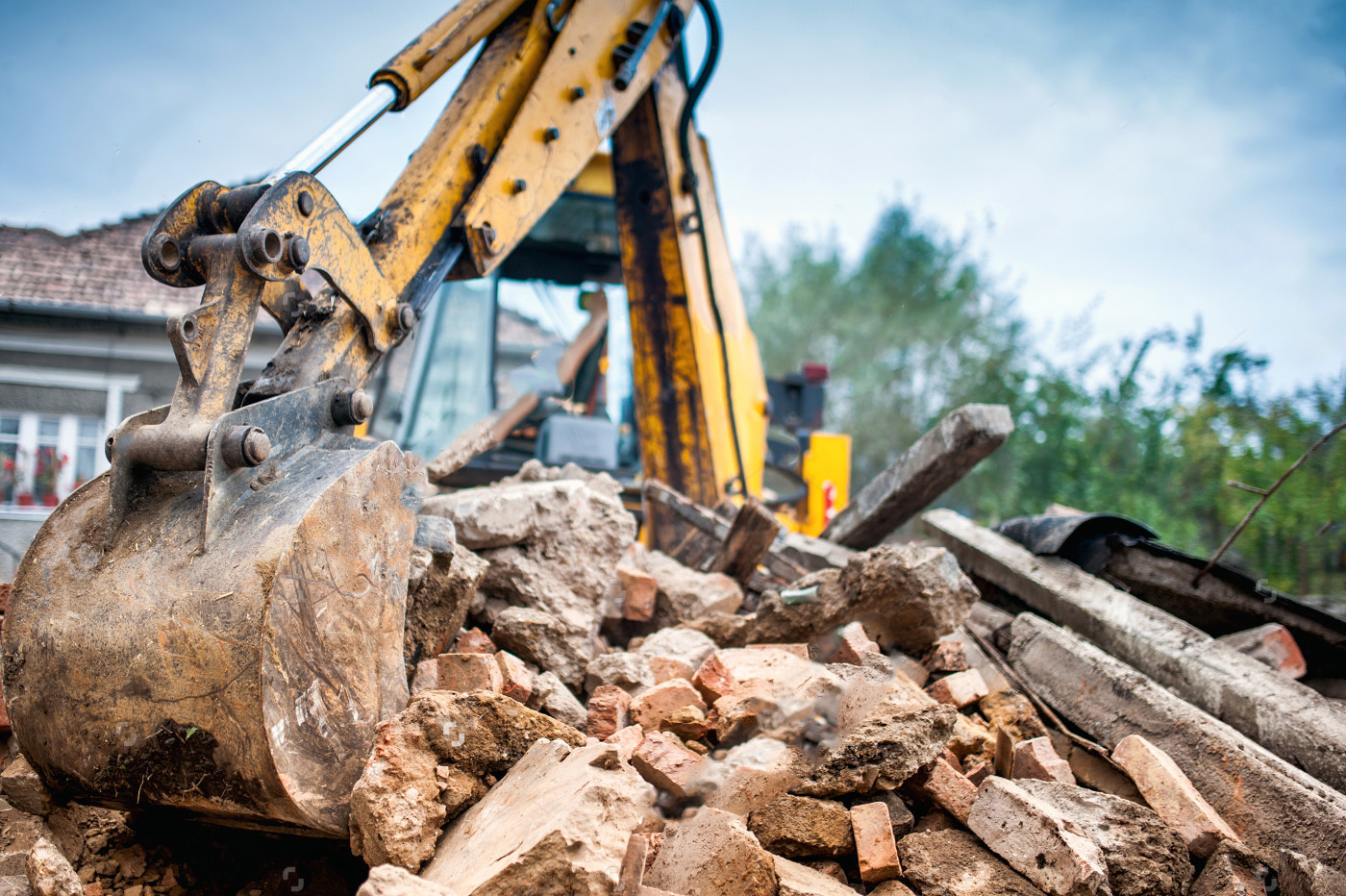Demolition of old homes is often necessary for urban development and modernisation. However, amid the rubble lies a treasure trove of materials that can be salvaged and repurposed, preserving a piece of history while reducing waste. Salvaging materials from demolished homes not only contributes to sustainable construction practices but also adds character and authenticity to new projects. In this blog, we’ll explore the importance of preserving history through salvaging and repurposing materials, along with practical tips for homeowners, contractors, and developers.
The Significance of Salvaging Materials
Every old home has a story to tell, reflecting the architectural styles, craftsmanship, and cultural heritage of its time. By salvaging materials from demolished homes, we honour the past and pay homage to the individuals and communities who contributed to their construction. Salvaged materials carry a sense of history and authenticity, adding value and uniqueness to new construction projects.
Types of Salvageable Materials
- Wood: Old homes often contain high-quality timber beams, floorboards, doors, and window frames that can be salvaged for reuse. Salvaged wood adds warmth, character, and charm to new construction projects, lending a sense of authenticity and nostalgia.
- Bricks: Bricks salvaged from demolished homes retain their weathered patina and character, making them ideal for accent walls, pathways, and landscaping features. Reclaimed bricks add texture and visual interest to both interior and exterior spaces, evoking a sense of timeless elegance.
- Metal: Scrap metal such as iron railings, door hardware, and light fixtures can be salvaged and repurposed for decorative accents or functional elements in new construction projects. Metal salvaging reduces the demand for virgin materials and promotes resource conservation.
- Windows and Doors: Vintage windows and doors with intricate designs and architectural details can be salvaged and restored for reuse. Salvaged windows add character and charm to new homes, while salvaged doors make a statement entrance with their unique craftsmanship and history.
- Fixtures and Fittings: Salvaging fixtures and fittings such as sinks, faucets, and lighting fixtures reduces waste and promotes sustainable construction practices. Reclaimed fixtures add a touch of nostalgia and craftsmanship to modern interiors, creating a sense of continuity between past and present.
Tips for Salvaging and Repurposing Materials
- Plan Ahead: Before salvage demolition in Melbourne begins, identify salvageable materials and develop a salvage plan. Work with a salvage expert or contractor to assess the condition of materials and determine their suitability for reuse.
- Deconstruction vs. Demolition: Consider deconstruction as an alternative to traditional demolition. Deconstruction involves carefully dismantling a structure to salvage materials for reuse, rather than demolishing it outright. Deconstruction minimises waste and maximises salvageable materials.
- Careful Removal: During deconstruction, take care to remove salvageable materials without causing damage. Use proper tools and techniques for concrete removal in Melbourne to disassemble materials such as wood, bricks, and fixtures safely.
- Storage and Organisation: Store salvaged materials in a dry, secure location to prevent damage and deterioration. Organise materials by type and condition for ease of inventory and reuse in future projects.
- Restoration and Repair: Invest in the restoration and repair of salvaged materials to ensure their longevity and usability. Refinish wood, clean bricks, and repair metal fixtures to revive their original beauty and functionality.
- Creative Repurposing: Think creatively about how salvaged materials can be repurposed in new construction projects. Use reclaimed wood for flooring, panelling, or furniture. Incorporate salvaged bricks into landscaping features or fireplaces. Repurpose vintage fixtures as decorative accents or functional elements.
- Local Resources: Explore local salvage yards, architectural salvage shops, and online marketplaces for salvaged materials. Engage with salvage experts, architects, and contractors who specialise in salvaging and repurposing materials from demolished homes.
Conclusion
Preserving history through salvaging and repurposing materials from demolished homes is a sustainable and meaningful way to honour the past while building for the future. By salvaging materials such as wood, bricks, metal, windows, and fixtures, we not only reduce waste but also enrich new construction projects with character, authenticity, and craftsmanship. Whether restoring a historic home or embarking on a new build, consider the value of salvaged materials in creating spaces that tell a story and evoke a sense of connection to the past.
Incorporating salvaged materials into modern construction projects not only benefits the environment but also adds value and character to the finished space. Let’s embrace the beauty of history and the art of preservation as we continue to build and innovate in the world of construction and design.


